
Oh, Skype, how we love you here at The Next Web, as our offices in Amsterdam are quite the commute for our U.S. and U.K. based editors. You host our water cooler conversations and allow me the pleasure of listening to Brad McCarty’s stunning radio voice even though I am in New York City and he is somewhere near Nashville, Tennessee.
Skype, we love you because AT&T’s service is bollocks and we often use you for conference calls with CEOs of multi-million dollar companies cause we know you won’t drop us. Skype, you are on my list of favorite new verbs alongside tweet, google and poke; and if working remotely is the new 9-5, you are the modern day switchboard for our international, always connected team.
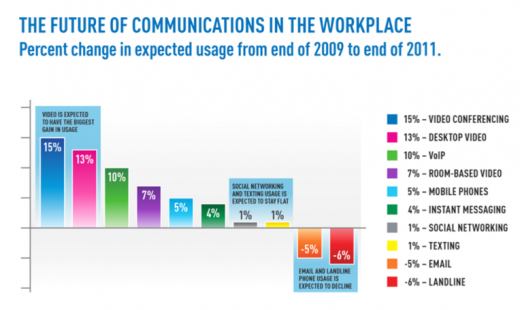
Today, Skype launched its microsite “The Living Workplace” to celebrate this shift in telecommunication. The microsite includes many of the charts you see here, as well as videos, tutorials, a business blog and case studies of companies championing the remote working trend. One such company, ePromos Promotional Products Inc. (ePromos), one of the top promotional product and branding companies in the world, has headquarters in New York City. In total, their $25 million dollar a year company has 75 employees spread throughout the country each with a webcam and headset – and have been using Skype Manager to manage the allocation of subscriptions to their employees.
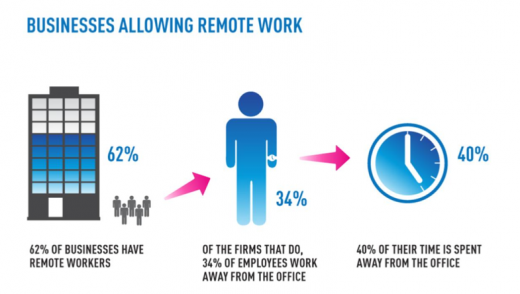
Skype commissioned a survey to look at the way businesses is changing, looking at locations, devices and finding more ways to communicate than ever before. Apparently, we at TNW aren’t the only ones with flexible and remote work environments. 62% of firms allow for remote workers; one third (34%) of employees polled work away from the office — at client, customer or partner premises, at home or in public spaces. Also found in the polls, 71% of flexible remote working environments said it helps businesses to attract potential employees. 67% said that by offering flexible working helped businesses to retain effective workers. This is great news people!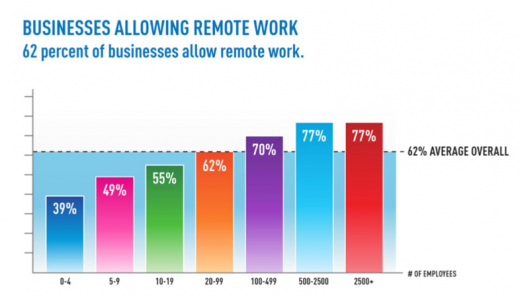
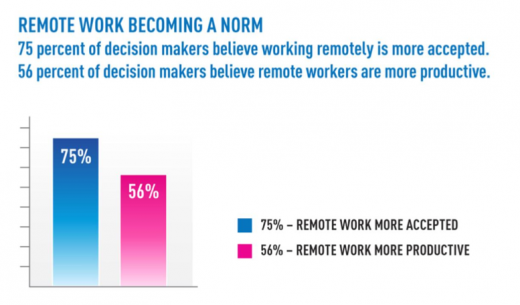
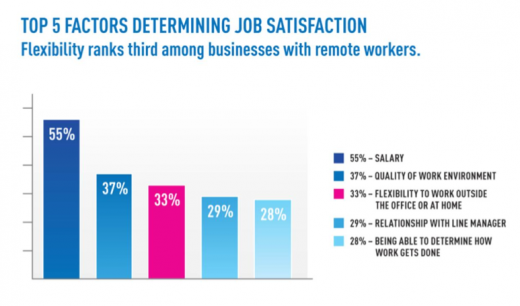
In a recent post titled, Did the 9-5 Just Die?, we wrote about how cloud computing means most of us can access our emails, documents and calendars from anywhere in the world so we don’t actually have to be in the office to work. Mobile technology has improved massively in the last couple of years to the point where most of us are walking around with a personal computer in our pockets. Where we were once limited to SMS and calls we can now do everything from editing documents, making movies and doing research on our mobiles. The fact that most of us have our work emails on our phones means that we are tied to work 24/7 no matter where we are, for better or for worse. Lastly, an increase in networks like Skype, Twitter and Facebook has enabled us to remain always connected through the Internet, maintaining productivity (in some ways more than others).
Skype’s technology goes above and beyond other technologies to enable productive types to effectively work remotely. It enables me to interview an entrepreneur in Egypt the same day I talk to a travel start up in Argentina. Its iPhone app even lets you make video calls to a TV.
All of the above research was done by Incites Research and commissioned by Skype. The survey took place in Q4 2010 among 1,000 technology-enabled professionals in the U.S., including 500 business end users and 500 technology decision makers across small, medium, and large size businesses.
Get the TNW newsletter
Get the most important tech news in your inbox each week.
